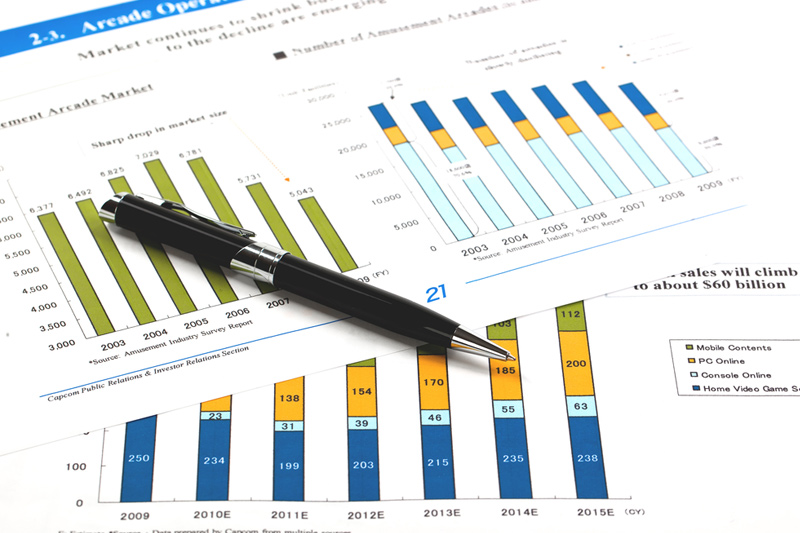BETA Technologies launches IPO of 25 million shares priced $27-$33
Investing.com - The Federal Reserve’s decision to cut interest rates and signal more reductions to does not constitute a "policy error in the dovish direction," as some observers have argued, according to analysts at Barclays.
In a note to clients, the bank said the Fed’s inflation forecasts are "reasonable," while comments from Fed Chair Jerome Powell did not lean towards a desire to rapidly draw down rates.
They added that, if the Fed opts to gradually move borrowing costs lower, this could incentivize investors to convert short-term debt into long-term debt.
Doing so may secure longer repayment terms, which in turn has the potential to allow traders to both take advantage of lower interest rates and free up short-term working capital.
As a result, the analysts backed their recomendation for a long position on swap contracts underpinning the so-called U.S. five-year/five-year forward gauge of market inflation expectations -- also known as the "5y5y." The metric is based on the breakeven rate, or the difference between the yield on inflation-linked Treasury bonds and their nominal counterparts.
"The key takeaway for the market is that the Fed is moving toward neutral but somewhat reluctantly, likely reflecting optimistic assumptions about the economy," the analysts said, referring to the theoretical "neutral" rate which neither helps nor hinders growth.
"If [the] economy is as strong as the Fed is forecasting, they may cut by less than what the market is currently pricing in. If it is weak, they are likely to match or exceed forward expectations."
The comments come after the Fed slashed rates as expected on Wednesday, bringing down borrowing costs by a quarter point to a target range of 4% to 4.25%, and indicated that two more cuts are on coming in October and December.
Powell described the reduction as a form of "risk management," as the central bank looks to balance the twin pressures of a softening labor market and sticky inflation.
But Powell signalled that recently weak jobs data is playing heavily into officials’ thinking, arguing that "downside risks to employment have risen." An acceleration in inflation, on the other hand, was seen as a more temporary challenge.
In theory, decreased interest rates can encourage investment and hiring, albeit at the risk of driving up inflationary pressures.
Crucially, the Fed’s announcement included fresh projections which showed that officials are anticipating another half percentage point in rate cuts by the end of 2025.
Should these come to pass, it would leave borrowing costs at a range of 3.5% to 3.75% -- a decline from the level previously seen by policymakers when the last outlook was released in June.
However, seven of the 19 estimates forecast fewer reductions this year, with one even calling for rates to have stayed at their prior band of 4.25% to 4.5% for the remainder of the year. This means that debate could be fierce heading into the next Fed meetings in October and December.
Markets, for their part, are now placing a roughly 92% chance of a 25-basis point reduction in October, and about an 80% probability of a similarly-sized drawdown in December, according to CME’s FedWatch Tool.
Meanwhile, the Fed’s projections showed that most policymakers expect the economy to expand by 1.6% this year, above June’s forecast. The year-end jobless rate is seen at 4.5% and underlying inflation at 3.1%. Price gains are now not anticipated to slow to the Fed’s 2% target until 2028.
